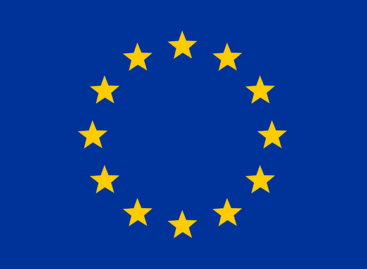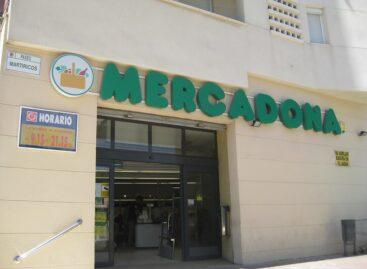Our agri-food export to Greece has seen better days
Hungary used to export agri-food products in the value of EUR 150 million to Greece after our accession to the European Union, but our direct export has reduced by half by now. Currently Greece is only our 15th-16th most important agricultural export target. It must be told about Greece that despite the current crisis the quality of life is still better there than in Hungary. Hungarians still favour the country when it comes to spending their holiday abroad, enjoying the benefits of the seaside and the Greek islands. The unemployment rate is 26.8 percent in Greece and 55.3 percent of young people (between the ages of 15 and 24) are unemployed. At the same time it is also true that the country’s agricultural production couldn’t stay on its feet without migrant workers – one fifth of those employed are migrants. Per capita GDP is around USD 26,000 (two thirds of the EU average) and 44 percent of Greeks live below the poverty threshold. In the last five years wages have been reduced by 30 percent in the public sector and old age pensions have been halved. Still, general opinion is that there is no realistic chance for paying back the country’s USD 284-billion debt. If Greece was expelled from the euro area, Germany alone would lose EUR 80 billion, therefore EU member states’ interest very much seems to be keeping Greece in the euro zone. The Greek government’s debt was 175 percent of the GDP already back in 2014. Agriculture’s contribution to the Greek economy is a mere 3.9 percent and the sector employs 12.9 percent of active workers. Between 2004 and 2009 Hungary’s export to Greece consisted of lots of livestock and cereal crops (2007 was the peak year), but after the commencement of the global recession this volume reduced dramatically, just like export to Greece in general. As for the structure of our export, we exported three times more livestock by the middle of 2000s than at the start of the new millennium; our cereal crop export rose to EUR 109 million and 610,000 tons practically from scratch but by 2014 it plunged to a value of EUR 12.8 million and a quantity of 58,000 tons. This decline in our cereal crop export was rooted in the strengthening export activity of the Ukraine, Russia and the countries in the Mediterranean. Despite the Greek crisis some segments aren’t suffering, for instance our pet food export got 17 times bigger since 2000. The majority of the meat we export is poultry (308 tons). In 2013 we exported 26,000 tons of dairy products in the value of EUR 14 million but by 2014 this volume and value halved. Hungary’s vegetable export (mostly frozen products) exceeded 1,300 tons and EUR 800,000 in value. We exported canned vegetables in the value of EUR 2.1 million to Greece (1,836 tons). We doubled our ice cream export and Hungarian wine export got 1.5 times bigger. Our import from Greece constitutes one quarter of our export and half of it is fruits. Import fell 11 percent last year and represented a value of 18.7 million in 2014. What about 2015? In the January-April period Hungary exported 20 percent more highly processed food products – a category which made up for 43 percent of our total agri-food export in the given period – growing from EUR 8.8 million to 10.6 million in value. n
A fórumon beszédet mondott Aleksandar Vučić, Szerbia miniszterelnöke is
Related news
Twenty years in the EU: how has Hungarian consumption changed?
On 1 May 2004 ten new member states joined the…
Read more >The annual growth rate of food, alcoholic beverages and tobacco prices slowed to 2.6 percent in March in the eurozone
In accordance with the preliminary estimate, the annual inflation in…
Read more >Sándor Czomba: the proportion of guest workers is low, jobs cannot be taken away from Hungarians
Hungary belongs to the Hungarians, it is only possible to…
Read more >Related news
Tesco: dedicated menopause section in the UK
In the United Kingdom Tesco is testing a menopause section:…
Read more >What will you be eating tomorrow?
Plant-Powered Perspectives is a business conference, which took place for…
Read more >Mercadona Boosts Investment In Portugal
Spanish supermarket chain Mercadona is planning to inject €180 million…
Read more >







